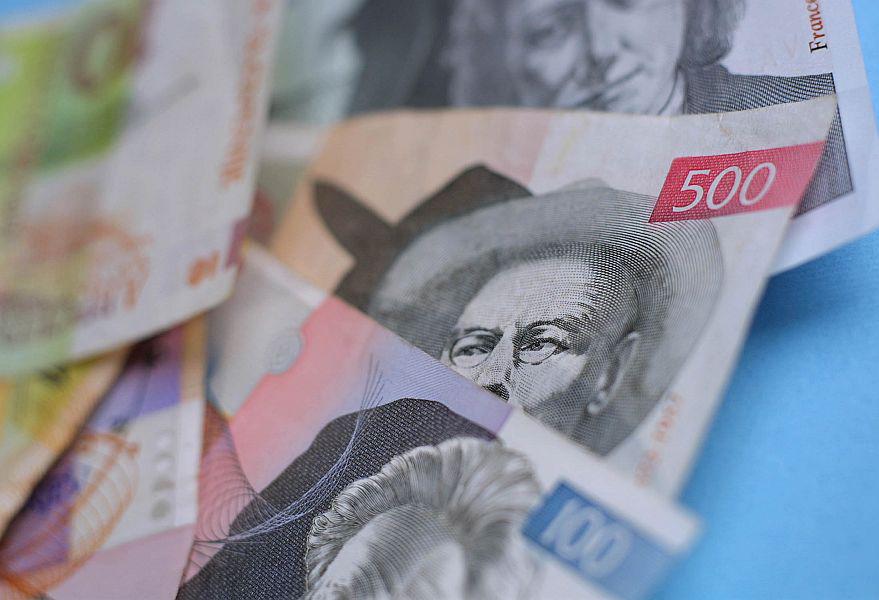
The prices rose by almost 28 per cent between the year 2004 and the end of 2015. Let's take a look at some examples of prices, converted into euros. Twelve years ago Slovenians paid about 8,500 euros for a smaller car. Now, the car costs 5,000 euros more. The price of unleaded gasoline has also risen – by 30 cents per litre. Smokers pay twice as much for a pack of the most popular brand of cigarettes. Beer is more expensive, too – by about half a euro.
Alcohol and tobacco saw the highest increase in prices during the 12-year period – by more than 78 per cent. The prices of food also rose significantly, by 38 per cent. The cost of education increased even more – by 42 per cent.
What about drops in prices?
There are some, too. The prices of used cars have fallen sharply, which is why the average cost of transport means is now almost 42 per cent lower. Prices of hospital services got cheaper by more than 18 per cent. The most drastic decreases in prices occurred on the market of audio, video and computer equipment, which is about 45 per cent cheaper.
Workers have higher salaries but unemployment is higher, too
The average gross salary increased by a good 440 euros from 2004 to 2015. However, the unemployment almost doubled during this time, i.e. to 12.9 per cent. The comparison of debt is even more unsettling, as the gross debt climbed from less than 27 per cent to 83 per cent of Slovenia’s gross domestic product (GDP) by the end of 2015. Statistically, this signifies that every Slovenian now carries more than 16,000 euros in debt.
Maša Tomažin Hladen, TV Slovenija; translated by K. Z

































































